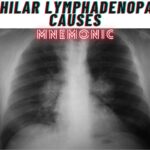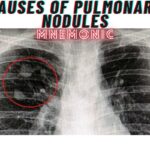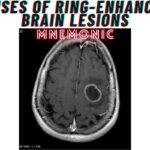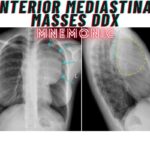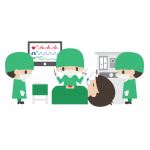Let’s talk Brugada Syndrome — the sneaky cardiac condition that can turn a normal-looking young adult into a code blue ⚡.
It’s one of those conditions that gives cardiologists palpitations and USMLE candidates nightmares. And if you’ve ever been on-call at 3 a.m. and tried to differentiate ST-elevation from a Brugada pattern on ECG, you know it feels like reading hieroglyphics during a caffeine crash.
So to keep it simple (and exam-friendly), I use this high-yield mnemonic:
“BRUGADa” — because even life-threatening arrhythmias deserve stylish memory tricks.
Brugada Syndrome Mnemonic = “BRUGADa”
| Letter | Feature | Quick Clinical Note |
|---|---|---|
| B | Bundle branch block (RBBB pattern) | Specifically, incomplete or complete RBBB — check V1–V3! 🩺 |
| R | Right precordial ST elevation | ST elevation in leads V1–V3 without ischemia — aka “coved-type” ST ↗ |
| U | Unexplained syncope | Especially during sleep or at rest — ominous warning sign ⚠️ |
| G | Genetic disorder (SCN5A mutation) | Sodium channel mutation = disrupted depolarization — autosomal dominant inheritance 🧬 |
| A | Asian males | More common in Southeast Asian men — and often presents in the third decade 🧑🏽⚕️ |
| D | Drug-provoked ECG pattern | Flecainide, procainamide, and other sodium channel blockers can unmask the pattern 💊 |
| a | Arrhythmia risk (VT/VF, sudden cardiac death) | Sudden cardiac death — especially during sleep or rest. ICD = life-saving 💥 |
🏥 My Experience From the Wards of Quetta
One evening in our Cardiac Care Unit at Sheikh Khalifa Bin Zayed Hospital, a young man came in after a sudden collapse while watching TV. He had no prior history, normal vitals, and clear labs — but his ECG showed that classic “coved” ST elevation in V1–V2 with RBBB-like pattern.
My senior whispered: “Looks like a Brugada.” We confirmed it with a flecainide challenge — and yes, SCN5A mutation was later detected.
It’s humbling how silent yet deadly this condition can be.
📘 Exam & Clinical Pearls
- ECG pattern + syncope in a young adult = suspect Brugada
- Remember: It’s not ischemia — the ST elevation is due to sodium channel dysfunction, not coronary artery disease.
- Always screen family members once diagnosed — it’s a heritable arrhythmogenic condition.
- ICD placement is the definitive treatment in high-risk individuals.
Happy learning, folks!
📚 Authored by:
Dr. Aurangzaib Qambrani
MBBS, PLAB, MRCP-UK
General Medicine, Gastroenterology & Cardiac Care Unit
Sheikh Khalifa Bin Zayed Hospital, Quetta

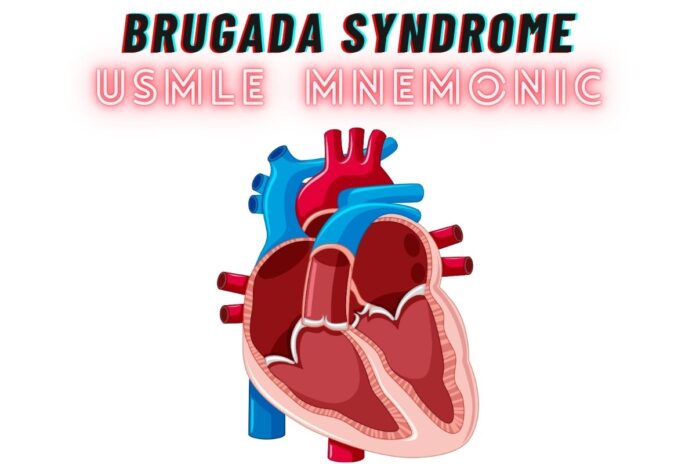
![How to Remember Southern, Northern, and Western Blot Tests [Mnemonic] How to Remember Southern, Northern, and Western Blot Tests](https://www.medicosrepublic.com/wp-content/uploads/2025/06/How-to-Remember-Southern-Northern-and-Western-Blot-Tests-218x150.jpg)
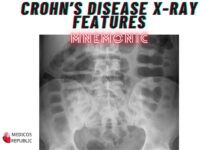
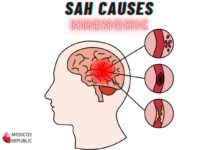
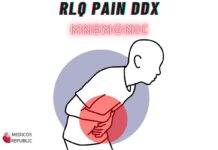
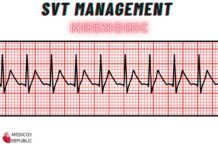
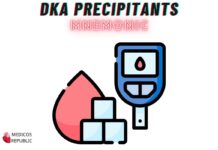

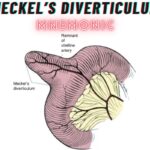
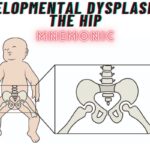
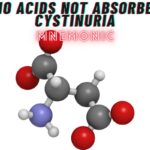
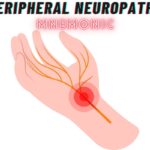
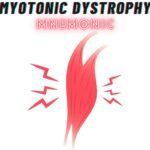
![Gerstmann Syndrome Features Mnemonic [Easy-to-remember] Gerstmann Syndrome Features Mnemonic](https://www.medicosrepublic.com/wp-content/uploads/2025/06/Gerstmann-Syndrome-Features-Mnemonic-150x150.jpg)
![Cerebellar Signs Mnemonic [Easy to remember] Cerebellar Signs Mnemonic](https://www.medicosrepublic.com/wp-content/uploads/2025/06/Cerebellar-Signs-Mnemonic-150x150.jpg)
![Seizure Features Mnemonic [Easy-to-remember] Seizure Features Mnemonic](https://www.medicosrepublic.com/wp-content/uploads/2025/06/Seizure-Features-Mnemonic-1-150x150.jpg)

![Recognizing end-of-life Mnemonic [Easy to remember]](https://www.medicosrepublic.com/wp-content/uploads/2025/06/Recognizing-end-of-life-Mnemonic-150x150.jpg)
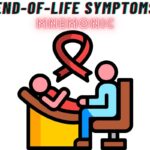
![Multi-System Atrophy Mnemonic [Easy-to-remember] Multi-System Atrophy Mnemonic](https://www.medicosrepublic.com/wp-content/uploads/2025/06/Multi-System-Atrophy-Mnemonic-150x150.jpg)

![How to Remember Southern, Northern, and Western Blot Tests [Mnemonic] How to Remember Southern, Northern, and Western Blot Tests](https://www.medicosrepublic.com/wp-content/uploads/2025/06/How-to-Remember-Southern-Northern-and-Western-Blot-Tests-150x150.jpg)

